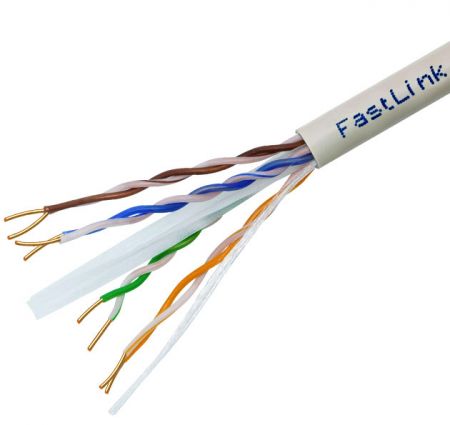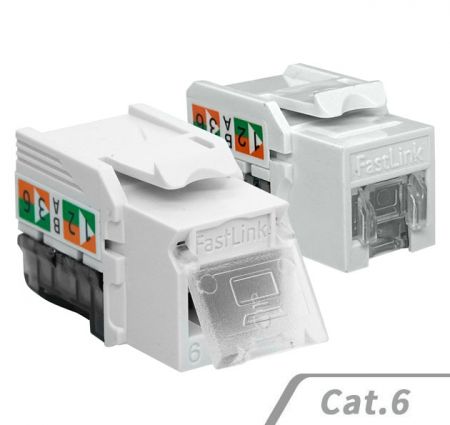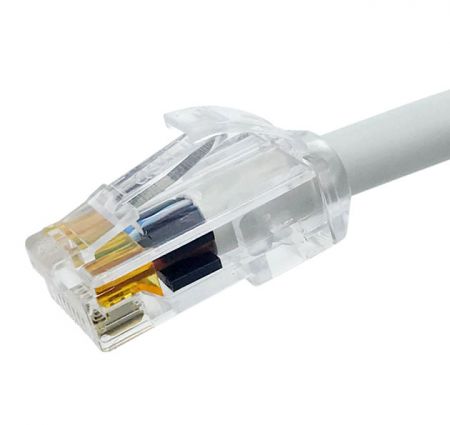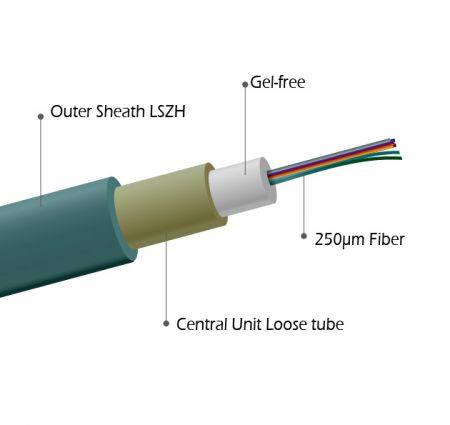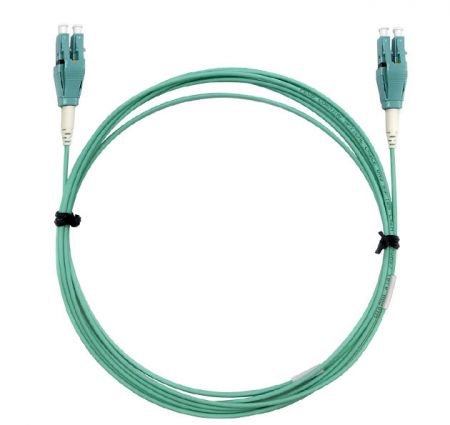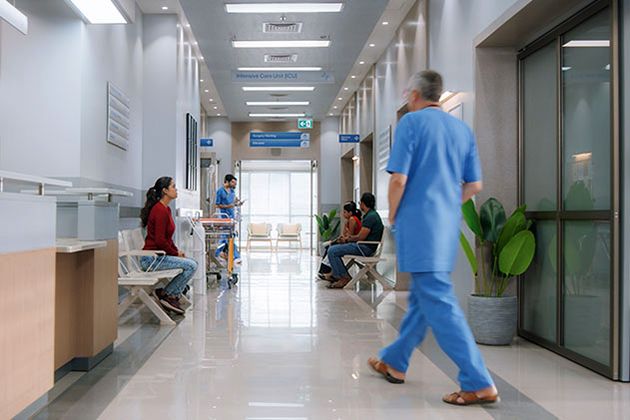
Internet in Healthcare
High-speed and Secure Structure network cabling solution for a New Hospital Expansion
A new expansion of a hospital aims to offer diverse medical services, including surgical centers, medical centers, wellness centers, rehabilitation centers, fitness centers, and food services. To effectively manage the substantial data flow and ensure reliable voice communications, the hospital requires a robust, high-speed, and secure network infrastructure.
Requirements
- Stability and Reliability: The hospital's network supports several critical application systems, such as medical systems, Electronic Medical Records (EMR), and Picture Archiving and Communication Systems (PACS). Therefore, the network infrastructure must have high availability to prevent any interruptions that could impact medical services.
- High-Speed Network: Hospitals require high-speed transmission of large volumes of medical images and data, including X-rays, MRIs, and CT scans, which typically have substantial file sizes. To meet this demand, it is essential to equip the facility with high-bandwidth network connections. Fiber optic networks are the preferred choice to ensure adequate transmission speeds, enabling efficient and timely access to critical medical information.
- Compatibility and Interference Resistance: Hospitals rely on numerous medical devices, making it crucial for cabling systems to ensure device compatibility and minimize electromagnetic interference (EMI) effects.
- Security: The privacy and security of medical data are paramount. The network must effectively prevent data breaches and unauthorized access, safeguarding patient information.
- Expandability: As the healthcare sector continues to digitize, the demand for network capacity will inevitably rise, particularly in areas such as telemedicine, cloud storage, and big data analytics. Therefore, the network infrastructure must be scalable to accommodate future growth and facilitate necessary upgrades as demand increases.
Challenges
- Optimized Cabling Solutions: Hospitals are divided into multiple functional zones, each with unique wiring needs. A strategic cabling solution is essential to allocate resources efficiently and maintain optimal network performance across all areas.
- High Capacity Demands: The rapid digitalization of medical applications has significantly increased the demand for network bandwidth. High-capacity support and scalable network infrastructure are essential to meet these evolving needs.
Solutions
Network Infrastructure Design:
- Use outdoor non-metallic fiber optic cables that are UV-resistant and moisture-proof to ensure stability during inclement weather.
- Employ Cat6 UTP cables for internal cabling, complemented by high-quality CAT6 patch cords, keystone jacks, and patch panels to guarantee high-speed internal connections and efficient operations.
- Fiber optic networks will be utilized in core transmission areas to ensure rapid transfer of medical images and data.
Low-Voltage Network Design:
- Implement flame-retardant single-mode indoor fiber optics and Cat6 UTP solutions to meet the safety and stability requirements of the healthcare environment.
- Ensure the structure cabling system is versatile, stable, and maintainable for easy future upgrades.
Face Plates Application:
- In the hospitals, durable and elegant plastic faceplates are ideal for public areas, surgical rooms, and critical medical environments. These faceplates are designed to withstand high foot traffic, are easy to maintain, and offer an excellent solution for spaces with strict hygiene requirements.
Results
- High Stability and Reliability: Utilizing non-metallic fiber optic cables significantly reduces external influences on the network, ensuring uninterrupted service for critical medical applications.
- High-Speed Transmission: The combination of fiber optic networks and Cat6 UTP cables meets the demand for large-capacity medical image and data transfer, allowing healthcare providers to access essential information and images promptly, thereby enhancing diagnostic efficiency.
- Enhanced Security: High-standard network security measures prevent data breaches and attacks, ensuring robust protection of patient information and medical records.
- Future Scalability: The network design anticipates rapid growth in medical needs, supporting future upgrades in bandwidth and applications while minimizing the costs of large-scale updates.
Conclusion
A robust network infrastructure is essential for ensuring high-speed, stable, and secure connectivity in healthcare environments. This solution not only meets the current demands of digital healthcare but also offers scalability to adapt to future developments.
- Related Products
Cat 6 U/UTP Unshielded Indoor Solid LAN Cable, 23AWG, Pull Box
FL-6XBUI
FastLinkcabsys Cat.6 unshielded 23AWG solid LAN cable is suitable for high-performance networking applications, efficiently distributing data, voice, and video....
DetailsCat 6 90-Degree UTP Punch Down 8P8C RJ45 Keystone Jack
FL-61KU
FastLinkcabsys Cat 6 90-Degree UTP Punch Down 8P8C RJ45 Keystone Jacks are engineered for high-speed network applications, offering superior performance...
DetailsCat 6 U/UTP 24AWG Patch Cord with PVC or CM Jacket
FL-6HXX
FastLinkcabsys durable and reliable CAT 6 U/UTP 24AWG Patch Cord is engineered for seamless connectivity in home and office networks, perfectly suited...
DetailsStainless Steel 1-Gang Faceplate with Hidden Screw
FL-SSF00X
FastLinkcabsys Stainless Steel 1-Gang faceplates are designed for a wide range of professional environments, including conference rooms, computer labs,...
DetailsIndoor/Outdoor Dielectric Fiber Cable, Gel-Free, Central-Unit Loose Tube
FL-x2xDLN
FastLinkcabsys Central-unit loose tube indoor and outdoor non-metallic dry fiber optic cable uses 250um optical fabric as the transmission medium and fills...
DetailsUniboot Fiber Patch Cord
FastLinkcabsys uniboot variable polarity optic fiber patch cord is made of a 2.0mm outer sheath and a dual core optic fiber cable (with two 250μm bare...
Details

